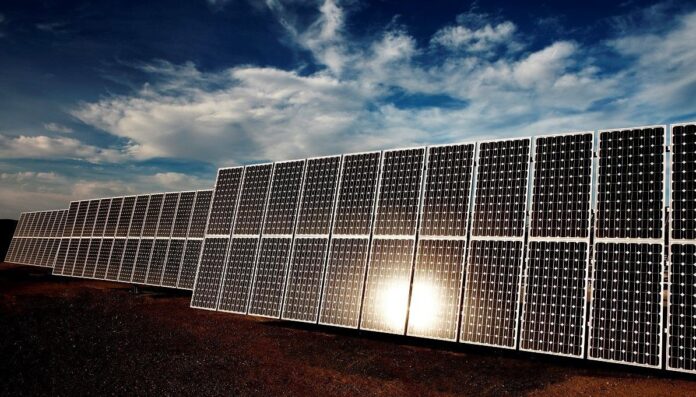Temperature level is the vital element that impacts the output power of solar panels as well as it requires to be within the defined limits. Like all other semiconductor gadgets, solar batteries are delicate to temperature Behaviour of different solar PV modules modifications to their operating ambient temperature resulting in a decrease of the outcome power with every boost in temperature level.
Temperature increases decrease the bandgap of a semiconductor, therefore impacting a lot of the semiconductor product criteria. The decline in the bandgap of a semiconductor with a rising temperature level can be deemed to boost the energy of the electrons in the material. Reduced power is therefore required to break the bond. In the bond model of a semiconductor bandgap, a decrease in the bond energy additionally reduces the bandgap. Therefore increasing the temperature level lowers the bandgap.
Impact of temperature
430 quintillion Joules of power from the sun struck the earth every hour. That’s even more power than the whole earth eats in a year. With an increase in the need for solar power, installations have grown tremendously. Increasingly more companies are understanding the possibility of solar energy and making the shift. The panels are set up in various components of the world and thus the performance of panels varies from region to region.
Numerous troubles take place in a solar panel. A few of them prevail regardless of the area and some of them depend on the area they are set up in.
The issue faced in hot areas
It is a typical misconception that the stronger the sunlight the greater the generation of power by solar panels, yet that isn’t real. As the temperature climbs, the panels generate much less voltage as well as become less effective in producing electrical power.
The issue faced in cold areas
Chillier areas are not ideal for solar power generation is a typical misunderstanding individuals have, yet that is not accurate. Solar panels make use of daytime power to generate electrical power, they do not require direct sunlight. Hence, today’s panels are made to capture various components of the solar spectrum making use of a system of lenses and also mirrors. These technical improvements have enabled us to harness solar power in chillier climates also.
Lots may not understand but solar power is a very reputable type of energy in colder regions. The performance of panels in these regions is much better than that in the hotter areas, as we derived in the previous section. However, these locations have their disadvantages. Here are some common issues faced in solar energy generation in a cold area.
The temperature coefficient
Every PV component has its various distinct temperature coefficient values (Pmax) in the information sheet offered by the supplier. This is in the form of an unfavourable percentage and also it discloses the temperature level effect on the Chint PV module.
The temperature level of the solar PV component has a direct result in its capability to generate electrical power. This influence is shown through the temperature level coefficient, which is revealed as the percentage decline in result for every 1-degree Celsius ( ° C )boost in temperature from 25 ° C. Solar PV components are checked for their effectiveness at 25 ° C, which is the cell temperature level of Requirement Examination Problems (STC). And also any temperature increase over 25 ° C has to take into consideration power losses of 1% for every single 2 ° C boost.
What can be done to stop Panels from obtaining warmth?
There are different approaches to managing Chint PV module temperature. A few of them have been detailed better.
First of all, fundamentally in the procedure of making the panels, businesses use a thermally conductive substrate to help vent excess warmth from the glass layer.
Externally, a few approaches to cooling down the panels such as snuffing them with water might be readily available to boost power performance, though economic performance would certainly depend on whether water is affordable and plentiful. In an instance of ground placed solar PV plants, the MMS design will try to ensure there is a cost-free circulation of air over and listed below the photovoltaic panels when they are placed, by elevating the panels a couple of inches above the ground. Additionally, having a layer of turf or weeds under the panels is a way to ensure a little lower temperatures than bare soil/ sand beneath the panels.





























